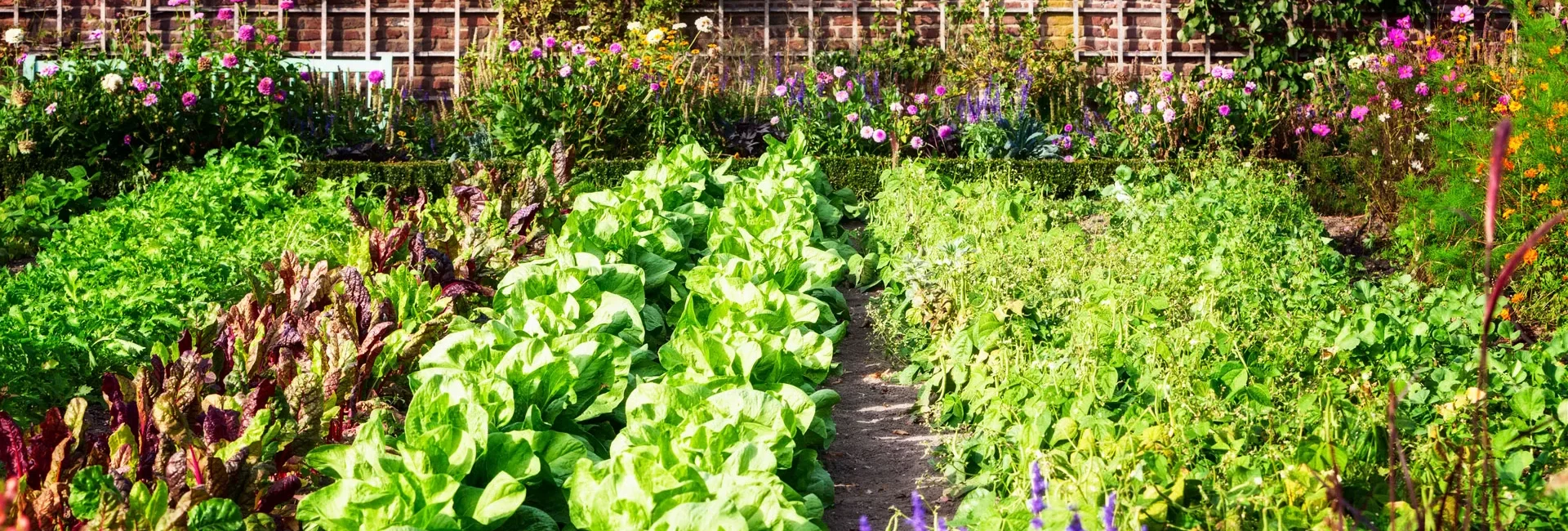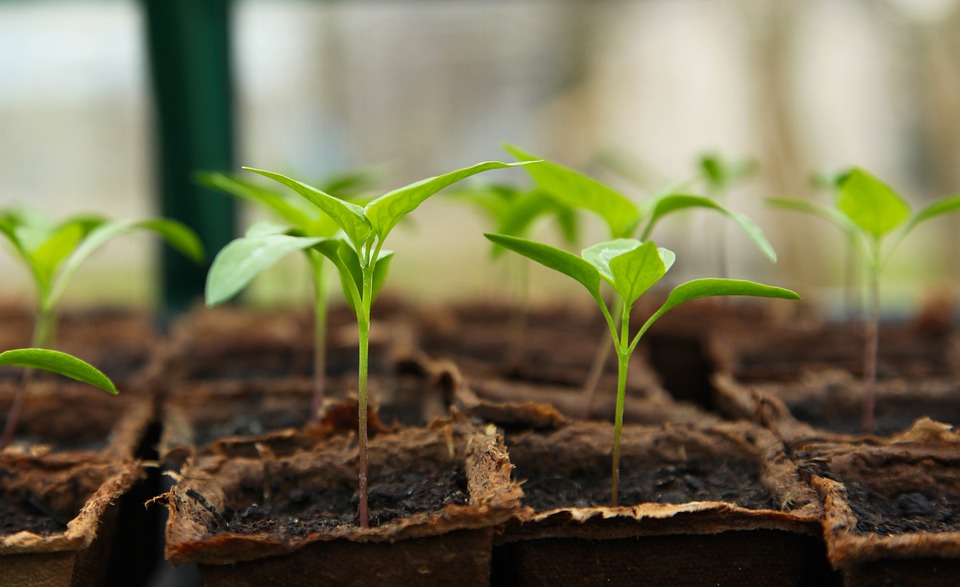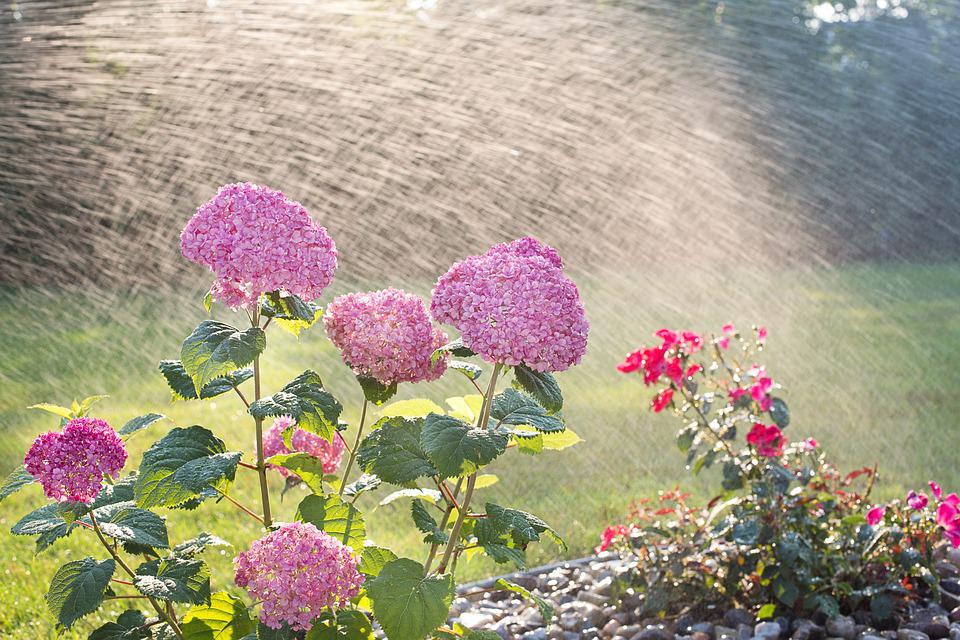Embarking on the journey of creating a vegetable garden in your own backyard opens up a world of possibilities for enjoying fresh and healthy food straight from nature’s bounty. However, before you can witness the vibrant colors of flourishing plants and taste the flavorful harvest, careful planning and thoughtful design are essential. This initial phase sets the stage for a successful and fruitful garden, guiding you in selecting the ideal location, determining the size that suits your needs, and making informed choices about the plants that will thrive in your unique climate. In this article, we delve into the crucial steps of planning and designing a vegetable garden, empowering you to create a sustainable and productive oasis that brings joy and nourishment to your daily life.
Choosing a location for your garden
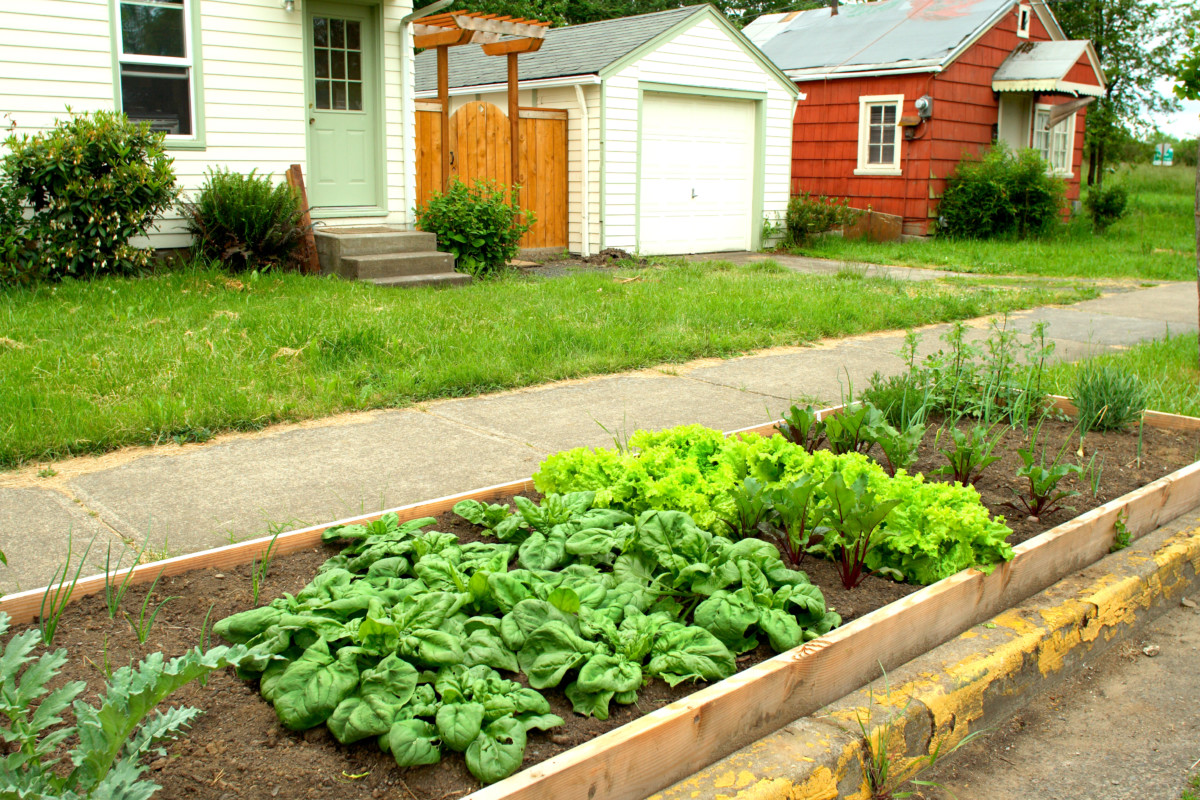 The first step in planning your vegetable garden is to choose a location. The ideal location for a vegetable garden is a spot that gets at least 6 hours of sunlight per day. You also want to choose a spot that is well-drained and has fertile soil.
The first step in planning your vegetable garden is to choose a location. The ideal location for a vegetable garden is a spot that gets at least 6 hours of sunlight per day. You also want to choose a spot that is well-drained and has fertile soil.
If you don’t have a lot of space, you can grow vegetables in containers. Containers can be placed on patios, decks, or even in your living room.
Determining the size of your garden
Once you’ve chosen a location, you need to determine the size of your garden. The size of your garden will depend on how much space you have available and how much food you want to grow.
If you’re just starting out, you may want to start with a small garden. This will give you a chance to get your feet wet and learn how to grow vegetables. Once you’ve mastered the basics, you can expand your garden.
Selecting the right plants for your climate
 The next step is to select the right plants for your climate. You’ll need to consider the amount of sunlight your garden gets, the soil type, and the average temperature in your area.
The next step is to select the right plants for your climate. You’ll need to consider the amount of sunlight your garden gets, the soil type, and the average temperature in your area.
There are many resources available to help you select the right plants for your climate. You can talk to your local nursery, consult a gardening book, or search the internet.
Planning your garden layout
Once you’ve selected your plants, you need to plan your garden layout. This will help you maximize your space and make sure that your plants have enough room to grow.
There are many different ways to lay out a vegetable garden. You can use a grid system, a freeform design, or even a raised bed garden.
Planting your vegetable garden
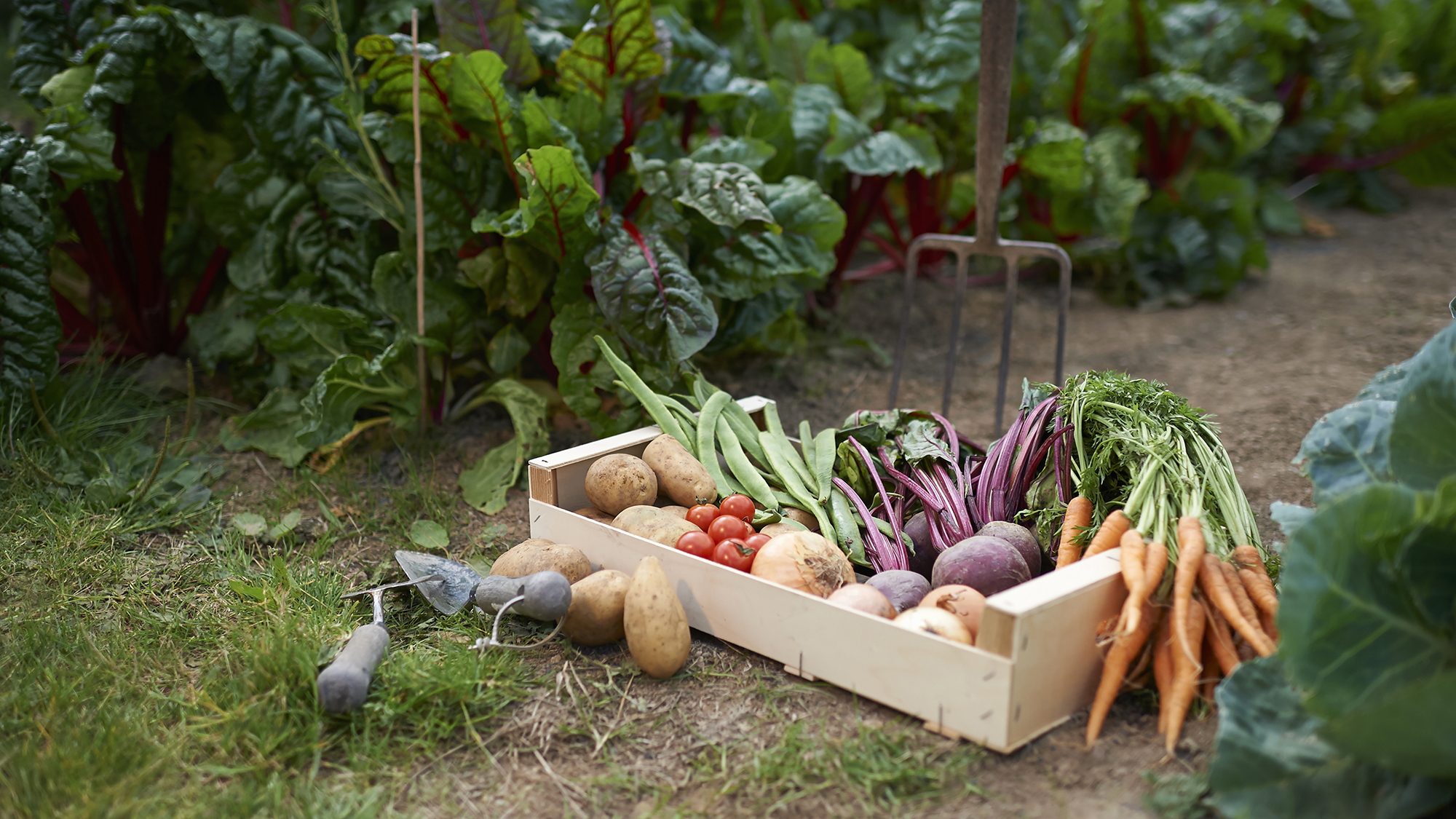 Once you’ve planned your garden layout, you’re ready to start planting. Be sure to follow the planting instructions that come with your seeds or seedlings.
Once you’ve planned your garden layout, you’re ready to start planting. Be sure to follow the planting instructions that come with your seeds or seedlings.
Water your garden regularly, and fertilize it as needed. With a little care and attention, your vegetable garden will thrive.
Here are some additional tips for planning and designing your vegetable garden:
- Consider your family’s needs and preferences when choosing what to grow.
- Make a list of the vegetables you want to grow, and then research their requirements in terms of sunlight, soil type, and water needs.
- Once you know what you want to grow, you can start to plan the layout of your garden.
- Use a garden planner or software to help you visualize your garden and make sure that it’s efficient use of space.
- Be sure to factor in the space needed for paths, walkways, and compost bins.
- Start small and gradually expand your garden as you gain experience.
- Have fun! Gardening is a great way to get exercise, fresh air, and satisfaction from growing your own food.
Conclusion
Planning and designing your vegetable garden is an important step in ensuring its success. By taking the time to do your research and choose the right plants for your climate, you can create a garden that will provide you with fresh, healthy food for years to come.

